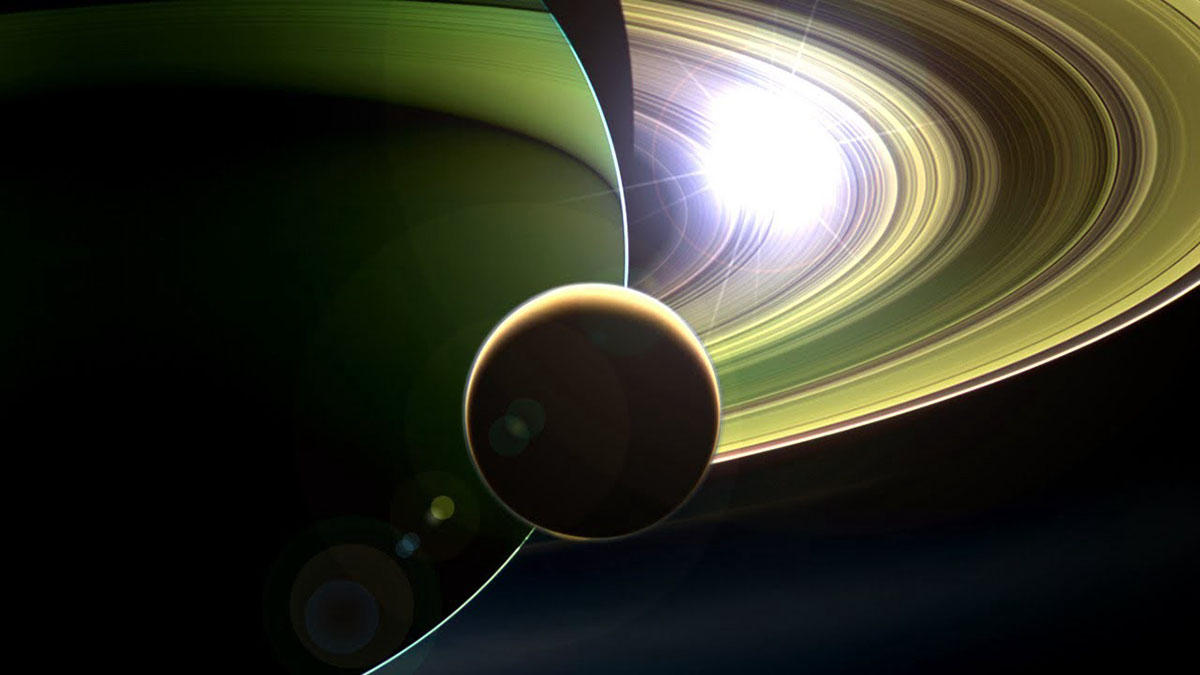we think aliens may lurk in europa’s oceans. we might be disappointed…

Imagine a spaceship finally landing on Europa and slowly drilling into the ice. After weeks of very careful progress, it pierces the moon’s frozen shell and releases a small semi-autonomous submarine connected to the probe with an umbilical to ensure constant communication and a human taking over in case of an emergency. Much of the time, it will chart a course of its own since piloting it with an hour long delay between command and response would be less than ideal. It navigates through the salty ocean, shining its light on structures never before seen by a human eye, making its way deeper and further into the alien environment to find absolutely… nothing at all.
That’s the sad scenario proposed by a team of geologists who crunched the numbers on the four leading contenders to host alien life in our outer solar system: Europa, Ganymede, Titan, and Enceladus. According to their models, looking at gravity, the weight of water and ice on the rocks underneath, and the hardness of the rocks themselves, these moons would be more or less geologically dead. Without volcanoes or sulfur vents, there would be very little in terms of nutrient exchange and therefore, very little food and fuel for an alien ecosystem more complex than microbe colonies.
Of course, these results are a pretty serious departure from the hypotheses commonly held by planetary scientists that the gravity of gas giants cause tidal kneading inside their moons, citing Io as an example. According to the researchers’ model, only Enceladus would be a promising world to look for life, as evidenced by the plumes breaking through its icy crust, spraying organic material into space. The reason why the numbers are different, they say, is because its core is likely to be porous, meaning its ocean would be heated deep inside the moon, fueling geysers and churning organic matter while effectively making the little world a ball of soggy slush.
Since these findings are so different from what’s implied by observations, the researchers aren’t in a rush to publish them are are soliciting other scientists’ opinions to make sure they have a complete picture, and lead investigator Paul Byrne grumbled about his disappointment with what the models indicate. That said, while he’s hoping to be proven wrong, we shouldn’t forget that these are alien worlds and while we’ve spent decades studying them, our knowledge came in bursts. Simply put, we might know a fair bit but far from everything and disappointing surprises may lurk under their icy surfaces and subterranean oceans.





